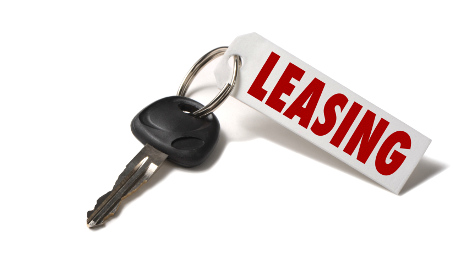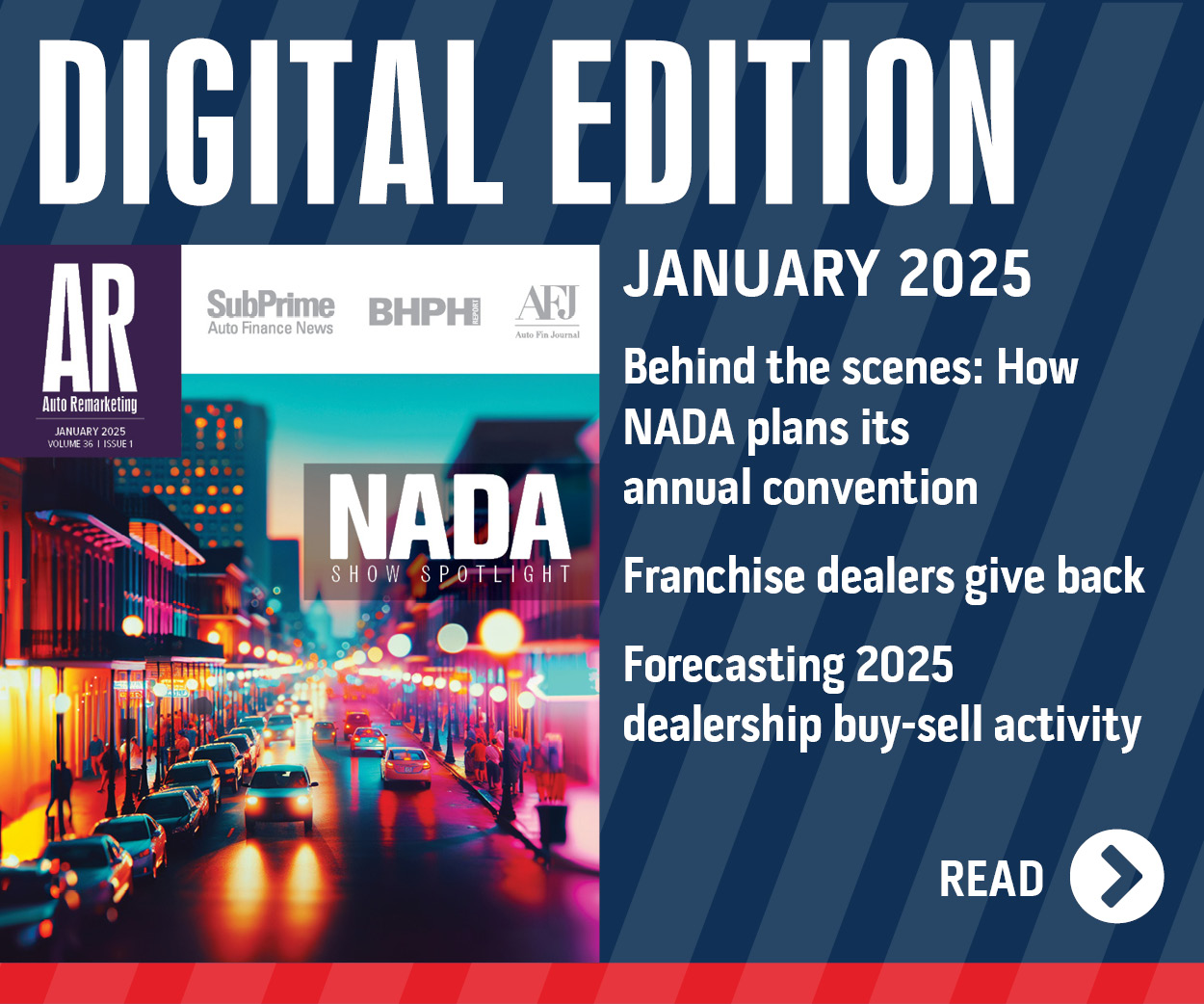Handling Incentives Connected to 3.4M New-Car Leases

Kelley Blue Book senior analyst Alec Gutierrez shared the leasing numbers he thinks might “keep auto executives up at night.” KBB expects the new-car market to originate 3.4 million leases by the time this year concludes.
So why would top OEM brass walk the floor about that number? Gutierrez pointed out that the expected figure is nearly 1 million higher than what the industry produced in 2005, 2006 and 2007 — the years before the Great Recession when the industry leased about 2.5 million new vehicles annually.
“When we talk about those units coming back in a couple of years, you’re talking about a 1-million unit increase over what was typical prior to the recession,” Gutierrez said during a conference call with industry media outlets on Monday.
In earlier comments, Gutierrez dissected trends regarding new-model incentives, strategy oftentimes utilized to move new metal that’s connected with an installment contract. But he mentioned “a lot of the increased incentive activity that we’re seeing right now is not necessarily additional cash on the hood.” Rather some incentive activity is switching to leasing since about 25 percent of new-car sales is being done through that method, a level that’s only increased throughout the year.
“With that being said, managing that incentive spend strategy related to leasing is going to be critically important for the manufacturers if they don’t want to see the used-car market soften to a degree that’s going to impact the residuals and then their ability to lease in the future,” Gutierrez said.
“To be honest, I think they are mindful of the type leasing activity that’s taking place right now,” he continued. “If they weren’t thinking about it already when we have conversations with them, it becomes top of mind.”
Gutierrez acknowledged it’s difficult for him and the rest of the KBB team to predict what the automakers are going to do in terms of incentive spending.
“But based on comments that they’ve made, conversations I’ve had and really just what we see in the data, I do think they’ll be able to maintain discipline overall,” said Gutierrez, who will be a part of the large contingent of industry experts on hand for Used Car Week that begins on Monday at the Red Rock Casino Resort and Spa in Las Vegas.
“I think we have seen things accelerate over recent months. In the past we’ve seen aggressive incentive spend in regards to pushing trucks and SUVs, but that’s not the case today,” he continued. “Trucks are doing a fine job of selling themselves. (Actual transaction pricing) are very healthy there and have been moving up steadily toward a $40,000 actual transaction price in the full-size pickup truck segment with incentive spend on the decline.”
With incentives not piling up on trucks and SUVs, where are OEMs pushing their incentive resources? Gutierrez had an answer.
“Where you’re seeing any incentives start to creep up is in the high-volume segments — compact cars, midsize cars — where the competition has grown extraordinarily fierce,” he said. “Interestingly what you’re seeing with incentive spend in those segment it’s not exactly driving growth in terms of market share for those segment respectively.”
Gutierrez indicated that sales of new compact and midsize cars are higher on a year-over-year basis, but they’re not keeping pace with the entire industry.
“So what you’re seeing is the manufacturers trying to fight for added visibility in what has become a very difficult segment,” Gutierrez said. “That’s why you’re seeing Honda increase incentive spend more so than other manufacturers to try to push their core models, Accord and Civic, which are now facing very stiff competition from Ford, Chevrolet and even Chrysler, which was just not present in those segments a few years ago.”

 View The Latest Edition
View The Latest Edition

